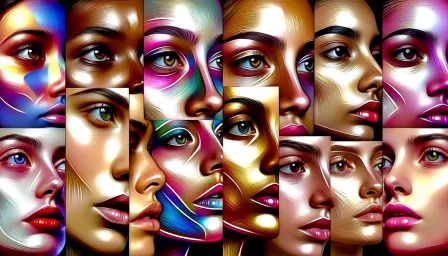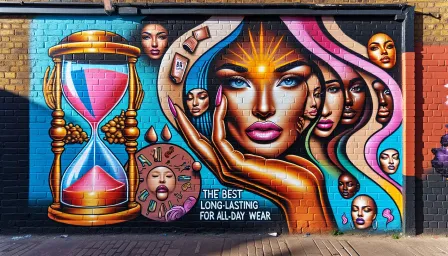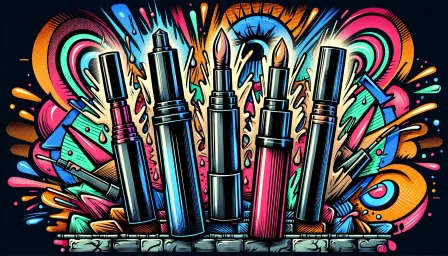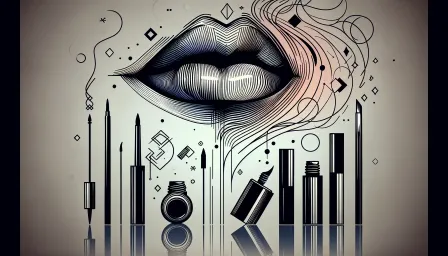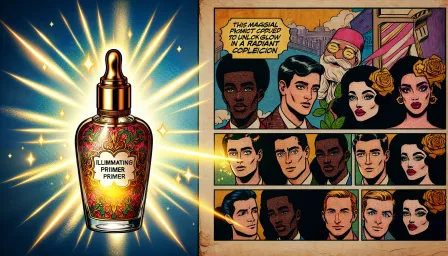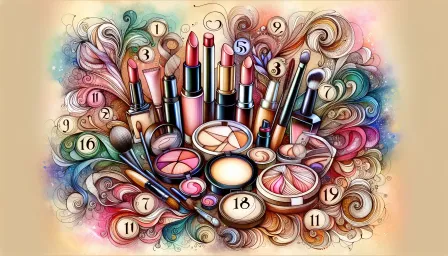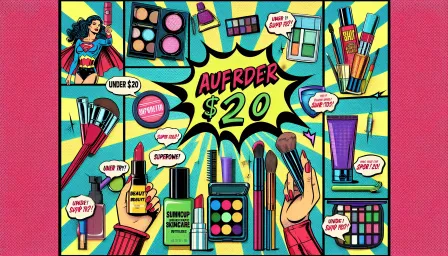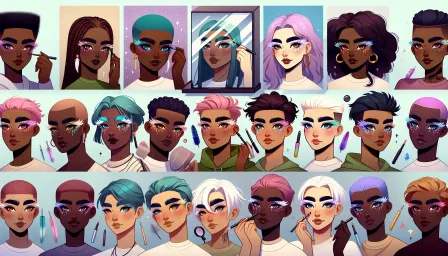Evolving Beauty Standards Around the World: A Global Perspective

Explore the evolving beauty standards around the world with our well-researched, authoritative article. Discover how cultural perceptions of beauty have transformed over time.
Beauty standards have always been subject to change, reflecting the cultural, social, and economic shifts of their times. This article delves into the evolving beauty standards around the world, providing a comprehensive overview of how these ideals have changed across different regions and eras.
Introduction
Beauty standards are a reflection of the values, beliefs, and traditions of a society. They shape the way individuals perceive themselves and others. Over time, these standards evolve, influenced by factors such as globalization, media, and technological advancements. Understanding these changes is crucial as they impact self-esteem, identity, and cultural norms.
Historical Perspective on Beauty Standards
Ancient Times
In ancient Egypt, beauty was associated with symmetry, youth, and fertility. Both men and women used makeup and perfumes, and physical appearance held significant social and political importance. Similarly, the Greeks idolized athletic, muscular bodies, often depicted in their sculptures, reflecting their admiration for physical perfection.
During the Renaissance in Europe, fuller figures were admired as they represented wealth and fertility. Paintings from this era, such as those by Rubens and Botticelli, showcase women with curvaceous bodies, indicating a departure from earlier ideals.
20th Century Shifts
The 20th century witnessed rapid changes in beauty standards, particularly in the Western world. The roaring twenties celebrated the 'flapper' look with short hair, slim figures, and androgynous styles, symbolizing women's increasing liberation. The post-war era of the 1950s saw a return to curves, epitomized by icons like Marilyn Monroe.
The 1960s and 1970s brought a countercultural revolution, with diverse beauty ideals gaining recognition. However, the 1980s' emphasis on fitness and 'supermodel' standards, represented by figures like Cindy Crawford, often underscored an unattainable image of beauty.
Modern-Day Beauty Standards
Western Influence
In Western societies, the ideal beauty standard is often characterized by thinness, toned bodies, and symmetry. Media and celebrity culture play a significant role in perpetuating these ideals. However, there is an increasing movement towards body positivity and inclusivity, with campaigns like Dove's Real Beauty challenging traditional norms.
Asian Beauty Standards
In Asia, beauty standards vary widely. In East Asia, fair skin, large eyes, and a petite frame are often considered attractive. This has led to a booming cosmetics and skincare industry, with products aimed at achieving these traits. In contrast, South Asia places a higher value on curves and voluptuousness, influenced by Bollywood's portrayal of beauty.
African and Middle Eastern Perspectives
African beauty standards are diverse, reflecting the continent's vast cultural richness. In many African societies, fuller figures are celebrated, symbolizing health and prosperity. Hair is also a significant aspect of beauty, with natural hairstyles and braids holding cultural importance.
In the Middle East, beauty ideals often emphasize modesty and elegance. Nevertheless, there's a growing trend towards Western beauty standards, influenced by global media and social media platforms. Cosmetic procedures are becoming increasingly popular in countries like Lebanon and Iran.
Impact of Social Media on Beauty Standards
Social media has a profound influence on beauty standards worldwide. Platforms like Instagram and TikTok allow trends to spread rapidly, creating a homogenized ideal of beauty that transcends geographical boundaries. While this connectivity fosters diversity and inclusivity, it also perpetuates unrealistic standards, leading to issues like body dysmorphia and low self-esteem.
The Role of Fashion and Beauty Industries
The fashion and beauty industries are pivotal in shaping global beauty standards. Advertising campaigns, runway shows, and influencer endorsements all contribute to the prevailing ideals. In recent years, there has been a conscious effort towards inclusivity, with brands featuring models of different sizes, ethnicities, and gender identities.
Embracing Diversity and Inclusion
The shift towards diversity and inclusion in beauty standards is a positive development. Movements such as body positivity and body neutrality advocate for the acceptance of all body types, challenging the traditional norms of beauty. This cultural shift encourages individuals to embrace their unique characteristics and promotes mental well-being.
Conclusion
Beauty standards are continually evolving, shaped by historical, cultural, and technological influences. While certain ideals persist, there is a growing recognition of diverse and inclusive representations of beauty. Understanding these global shifts helps foster a more accepting and appreciative perspective on beauty, celebrating the myriad ways it can be expressed.




